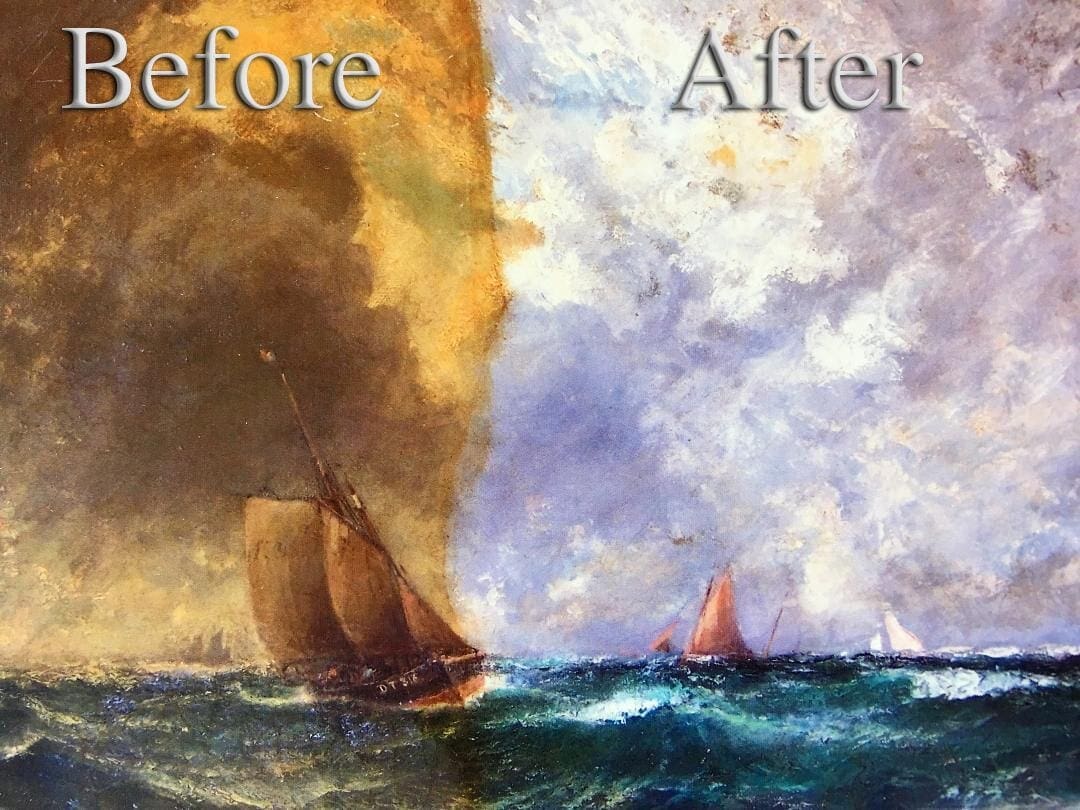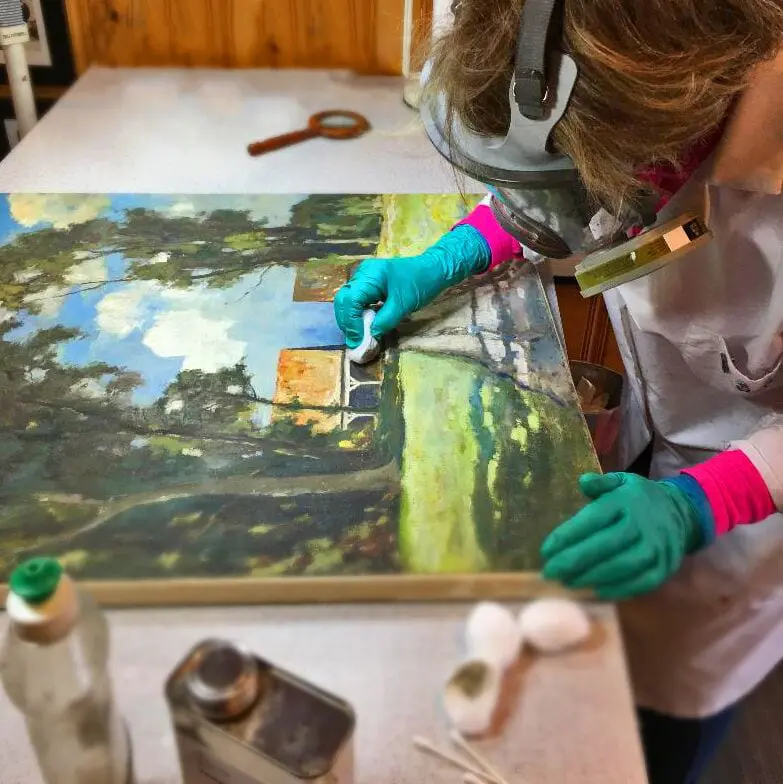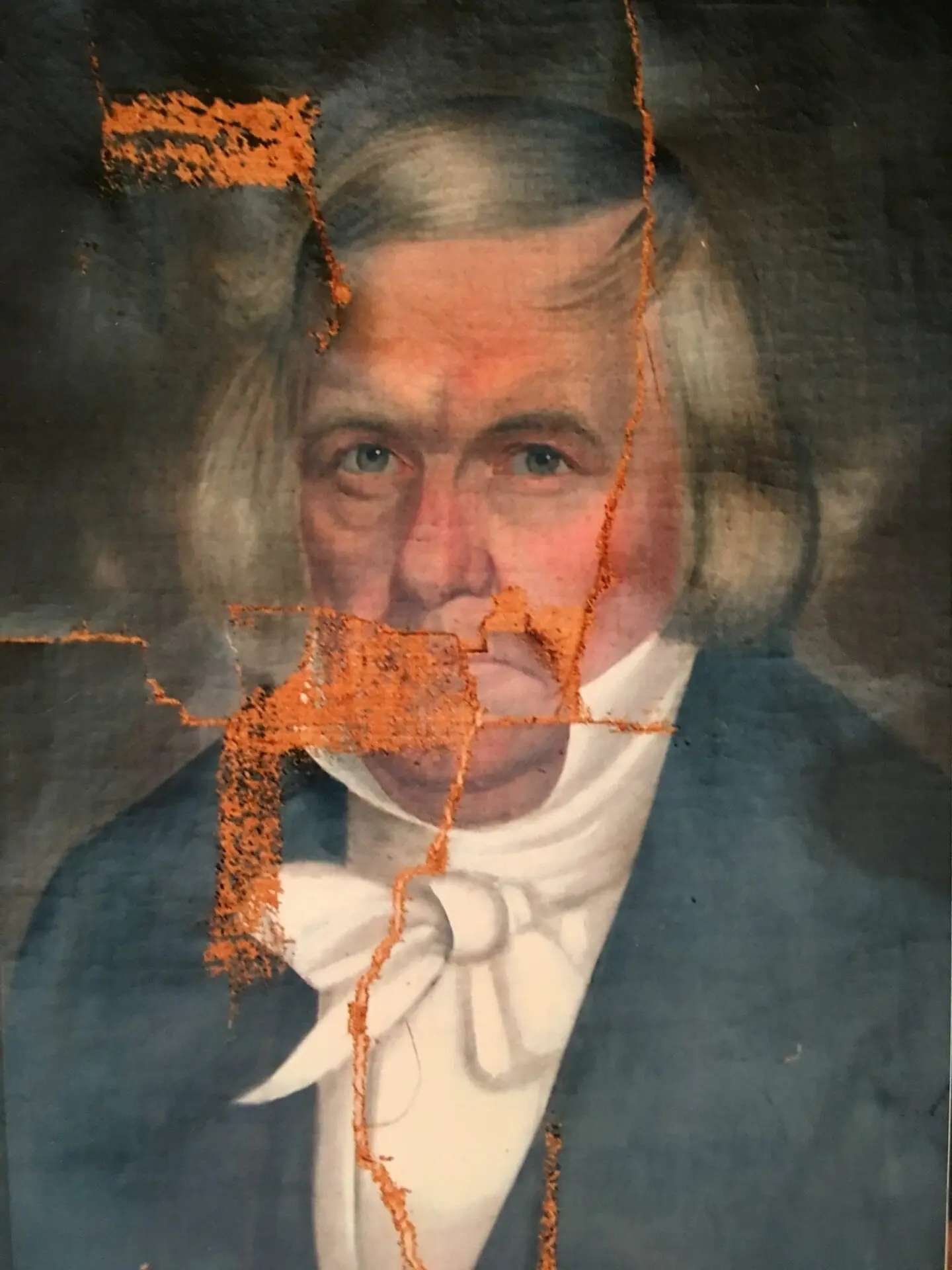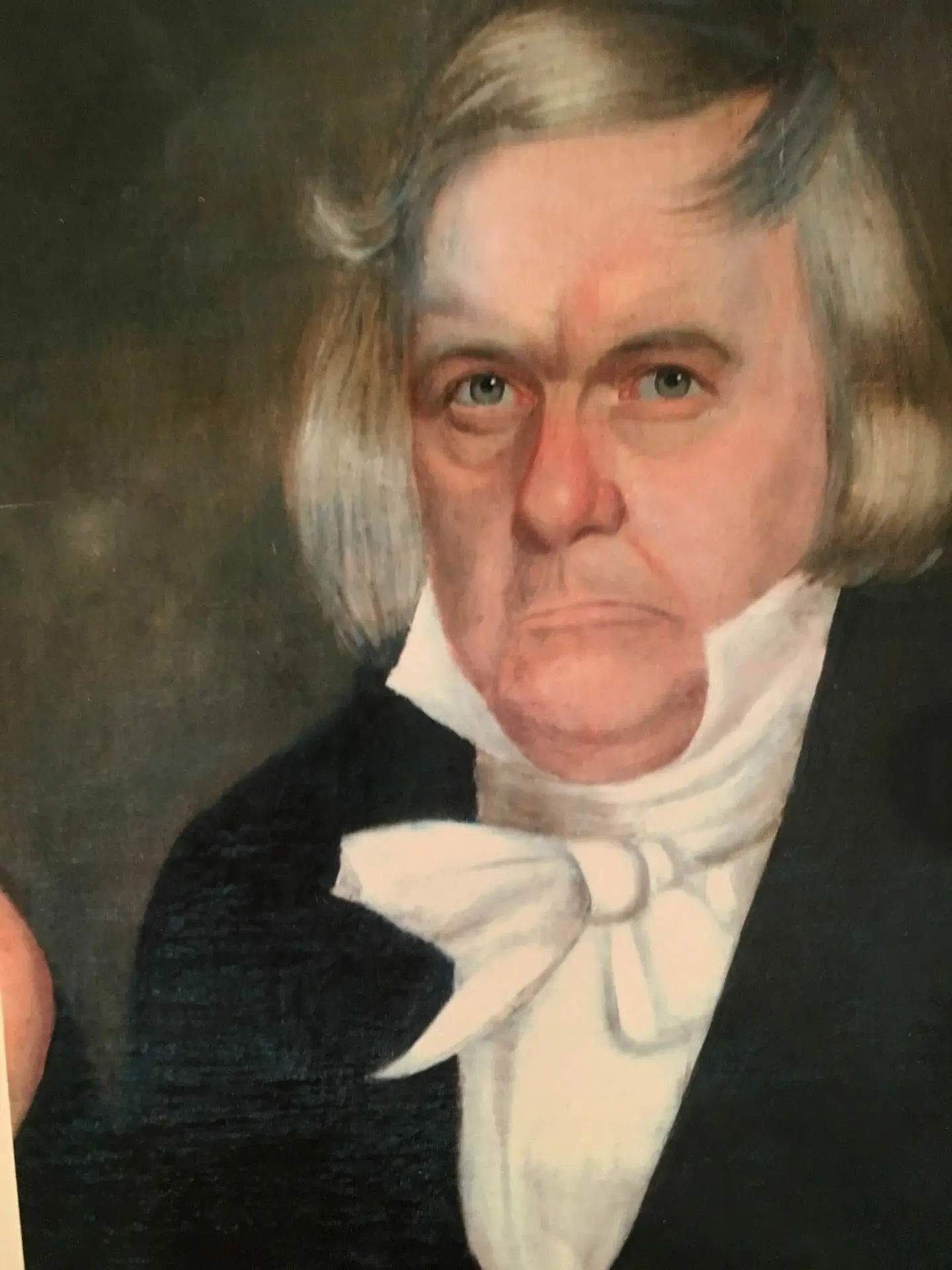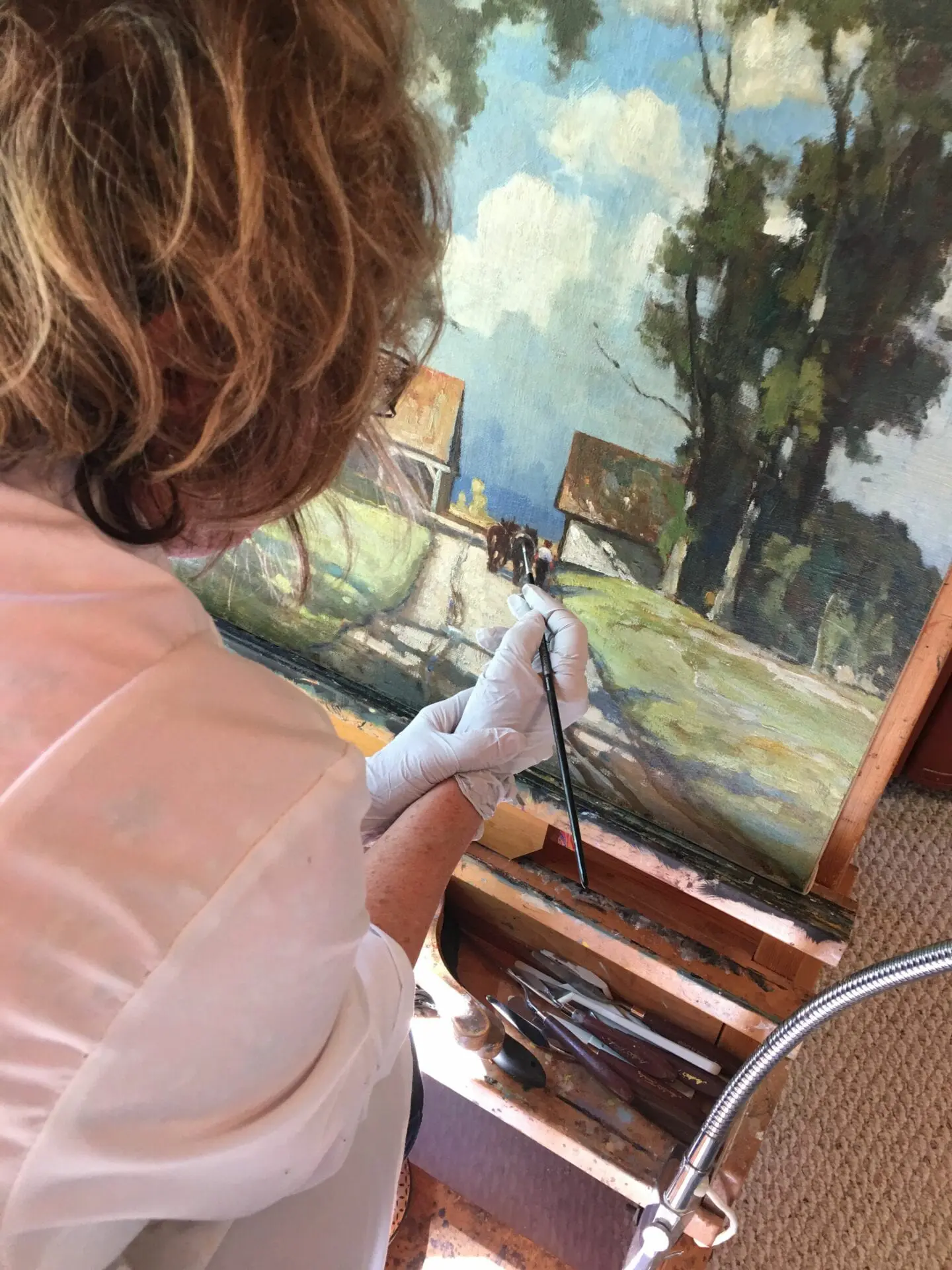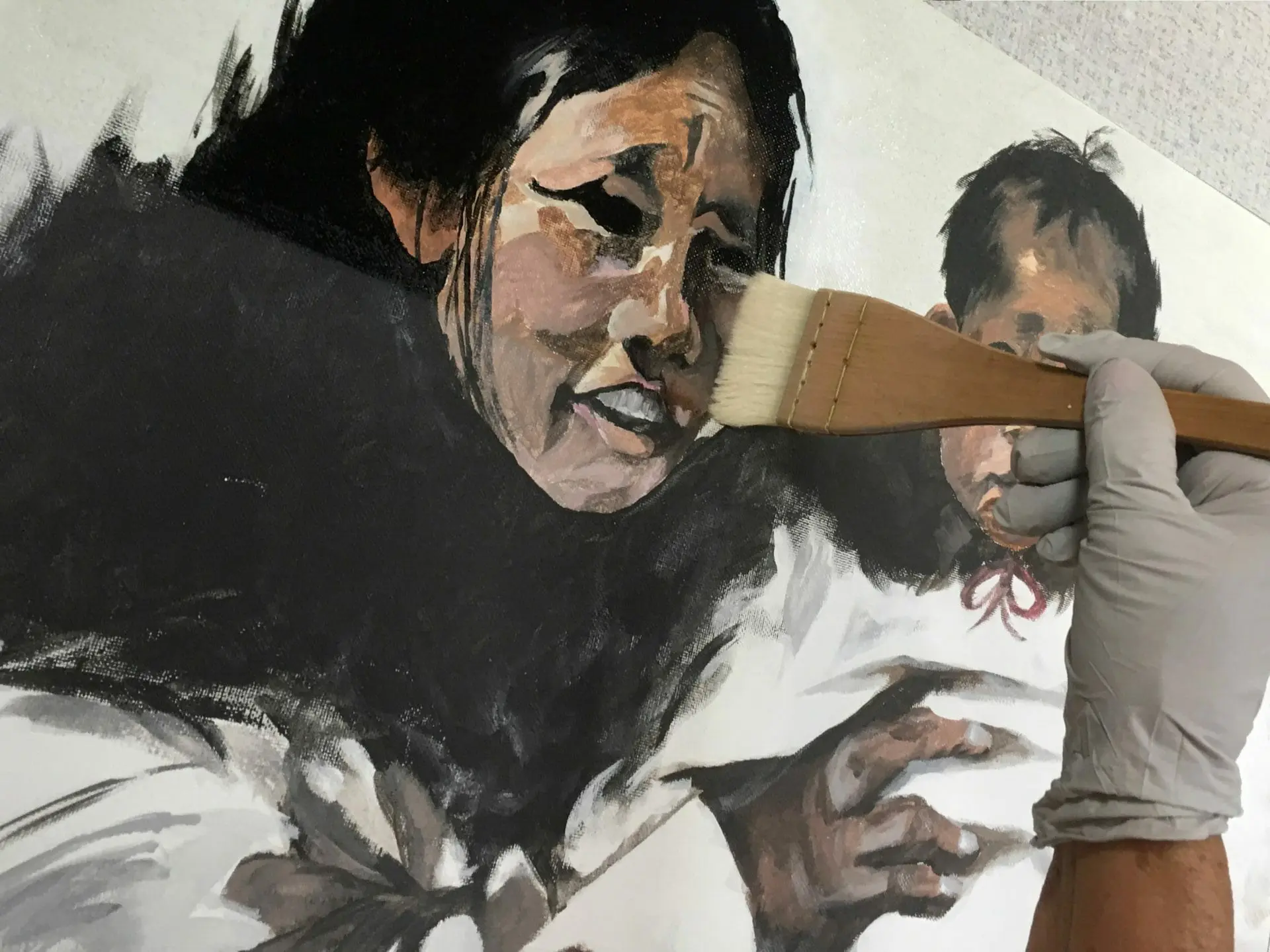Oil Painting Restoration Services
Restoration by Mail
Restoring your painting is made easy with services provided via mail. Send me photos of your painting to receive a complementary analysis of the painting, services that can be provided, and the cost. If you wish to proceed, ship the painting to the Paint Doctor and it will be returned to you fully restored.
What does a restoration cost?
The cost of any restoration is determined by several factors. The most common factors are the size of the painting, the services requested, the degree of restoration required to repair damage, and the amount of inpainting required. Each step in a restoration takes time; the more time a restoration requires, the more cost is incurred. However, experience has shown that most single painting restorations will range between $300 and $700 dollars. Also, some customers will have two or three small paintings, or paintings by one artist, and the common requirements, as well as similar artistic techniques, can result in a more cost-effective restoration event.

